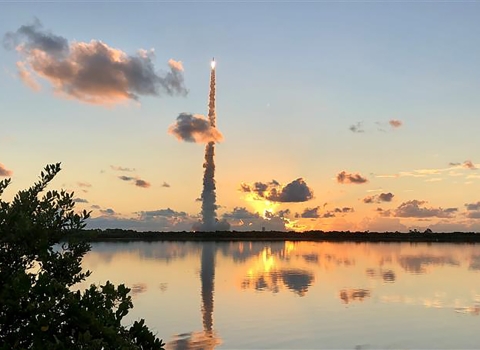Lipids (e.g., fats) are critical to fish health. In addition to supplying a concentrated source of metabolic energy, lipids also support growth, reproduction, adaptation to temperature and salinity changes, hormone synthesis, migration, social status, and several other important functions. As a result, understanding the transportation, storage, and regulation of lipids in fish provides an informative endpoint for monitoring health. Since most lipids are insoluble in water, organisms attach them to water-soluble proteins to transport them in their blood. This results in the formation of lipoproteins, which are the primary means by which lipids are transported in the blood, and thus affect how lipids are used and distributed throughout the body.
Lipoproteins are particularly important in salmonids such as rainbow trout, accounting for over 90% of total circulating lipids, and thus offer a useful indicator for health assessments. However, current methods for measuring lipoproteins in fish are costly, time-consuming, often inconsistent, and provide information for only a fraction of the measurable lipoproteins. The goal of the proposed research project is to develop a new tool for measuring lipoproteins in salmonids that not only characterizes the many different types of lipoproteins in blood, but in a way that addresses the shortcomings of current methods. Additionally, measurement of lipoproteins with this proposed method requires relatively small volumes of blood (approximately 50 microliters), providing for non-lethal sample collections and thus use for monitoring wild salmonids.
Dr. Drew Eckman, along with his colleagues, Dr. Tim Collete and Dr. Quincy Teng came to the Chattahoochee Forest National Fish Hatchery to collect blood and mucus samples from the hatchery’s rainbow trout. The major goal of the project is to develop a tool to help better monitor the health of wild salmonids, particularly out West, but anywhere that their populations are in trouble due to loss of spawning habitat, pollution, warming weather, etc… Dr. Eckman and his team are developing a tool to measure lipids in trout from controlled populations (mostly found in hatcheries like ours) of salmonids. Dr. Eckman obtained this ta from extracting a small amount of blood from the trout and also took mucus samples from the trout’s gills and slime coat.





